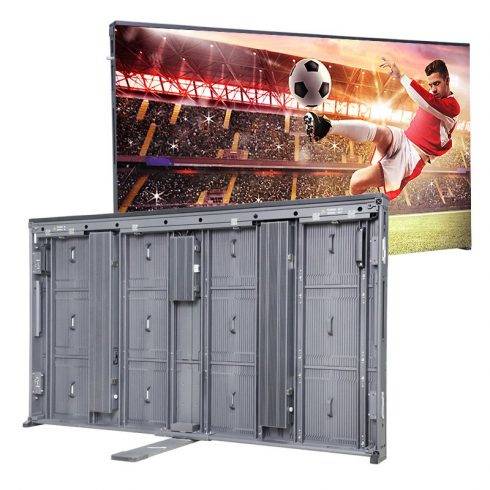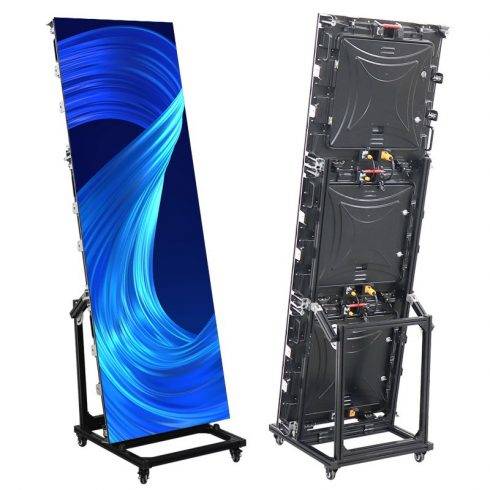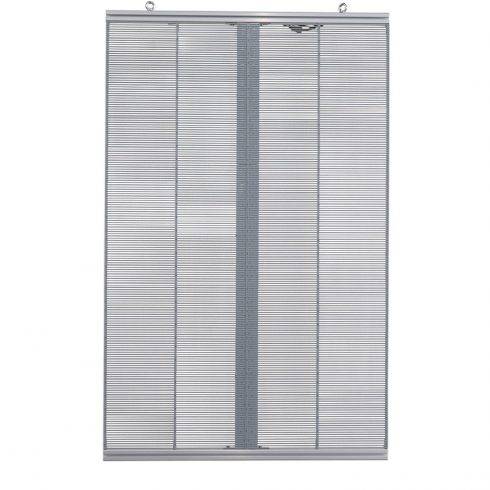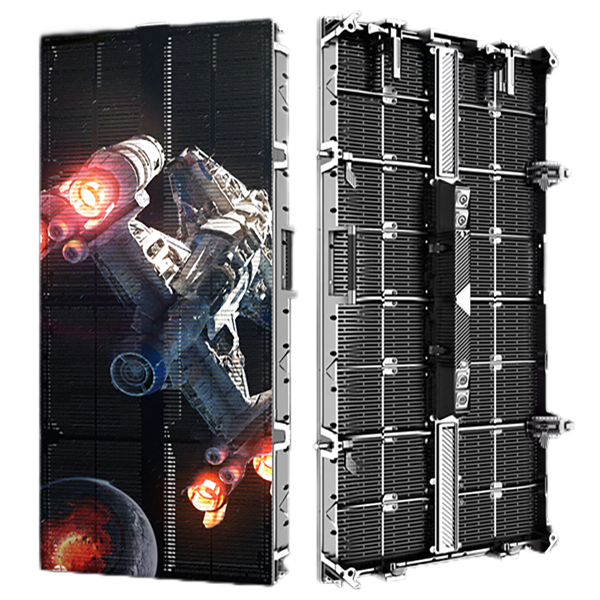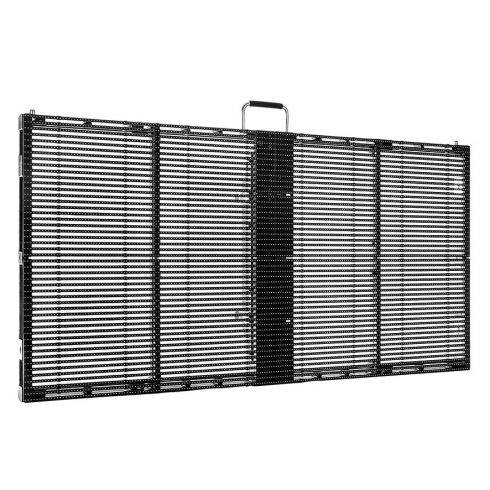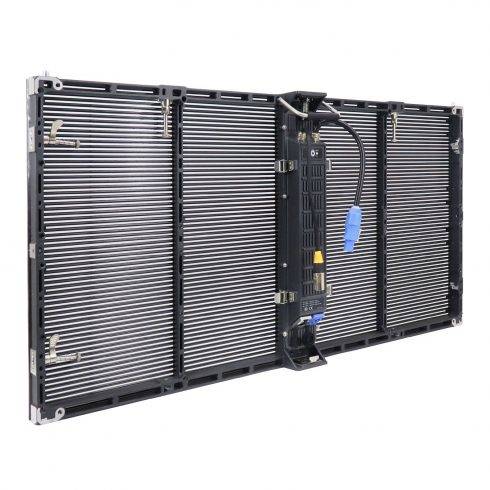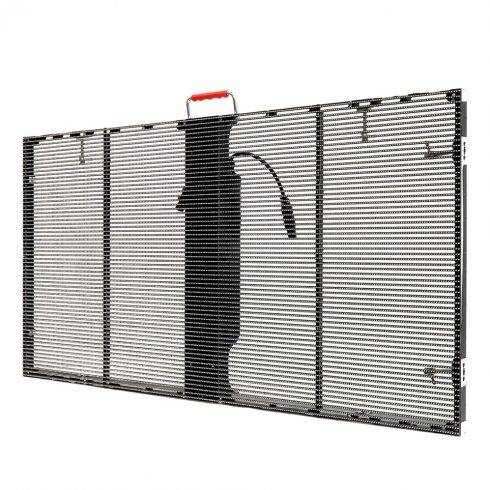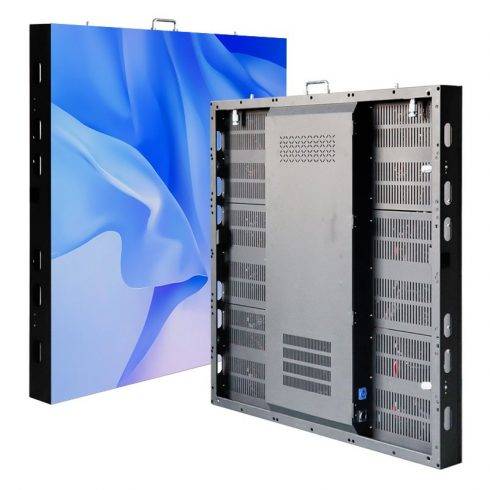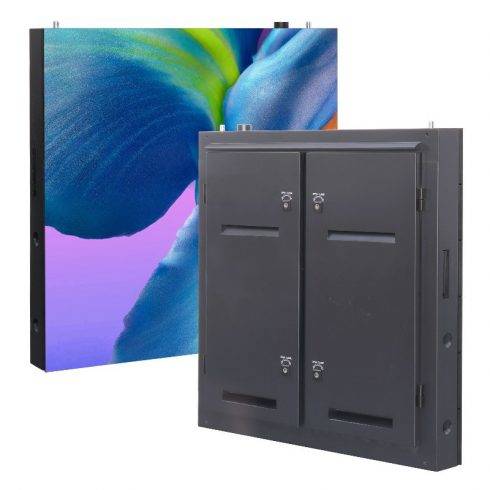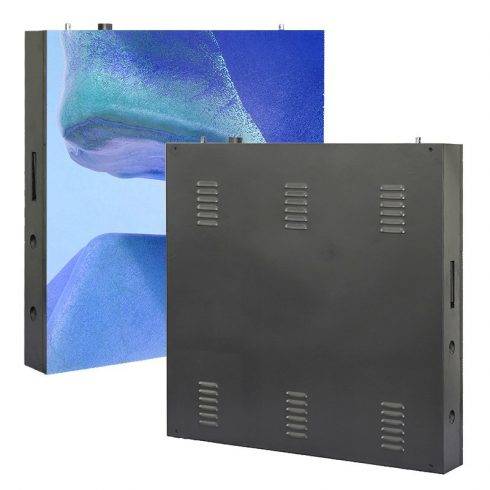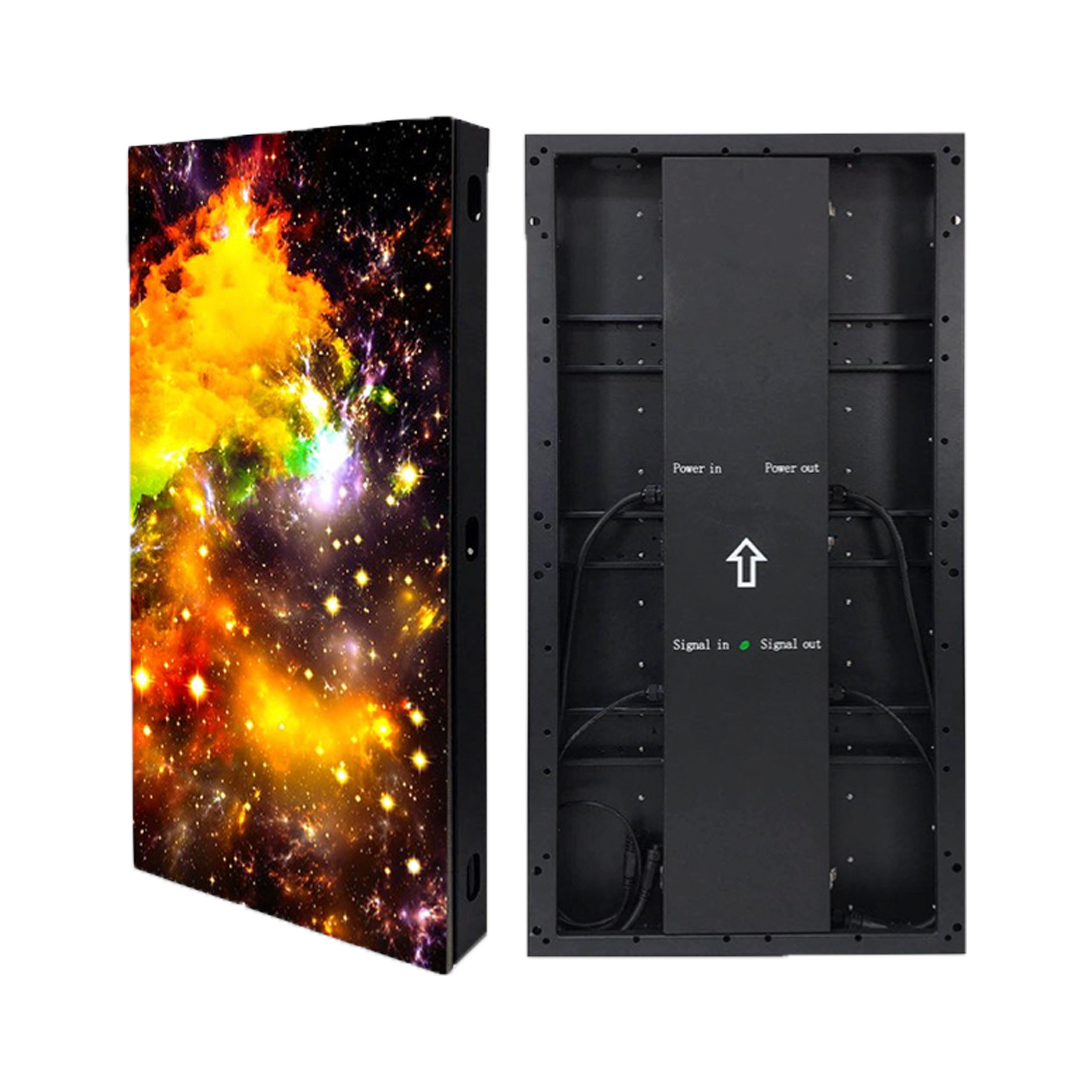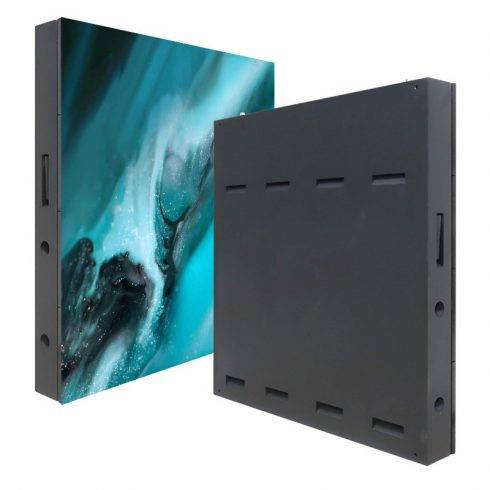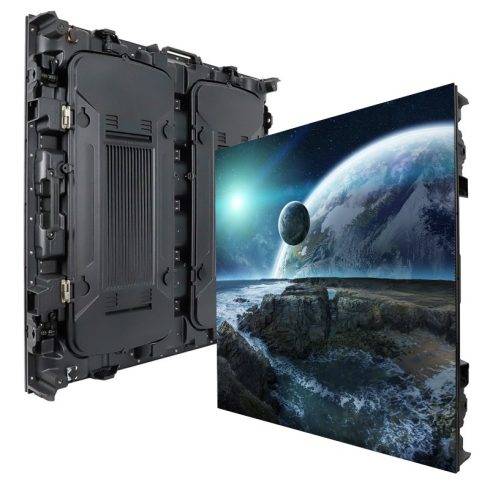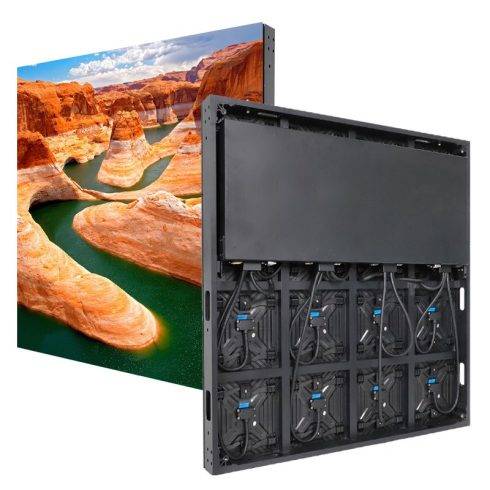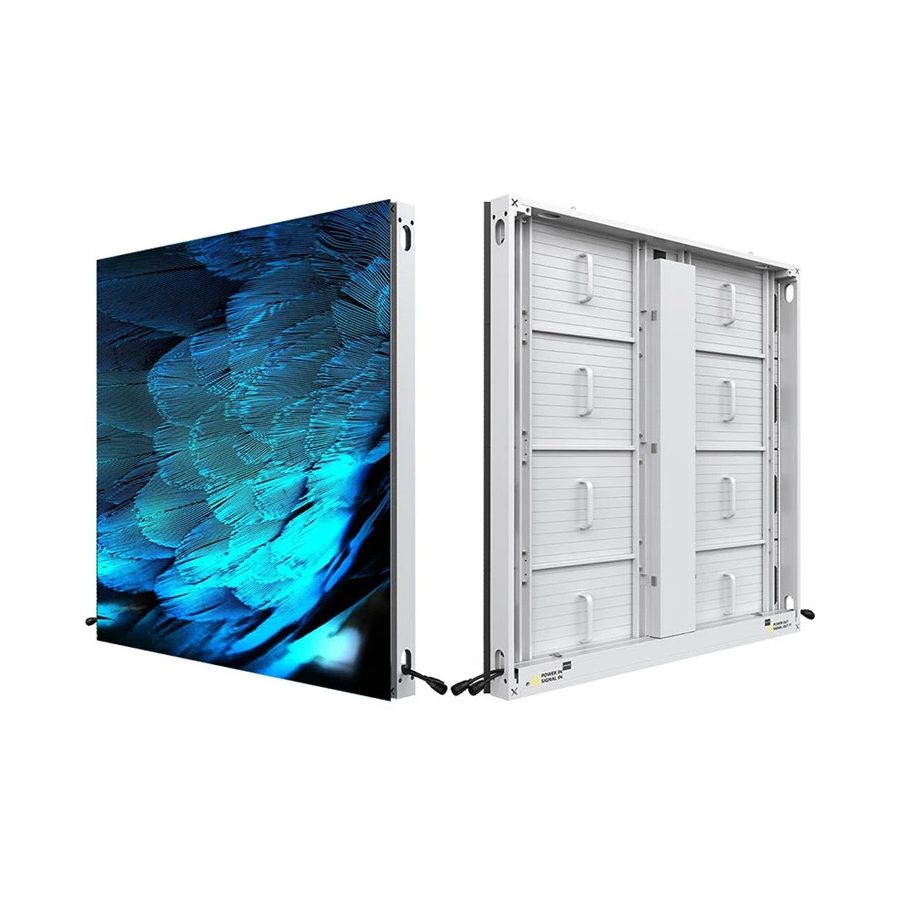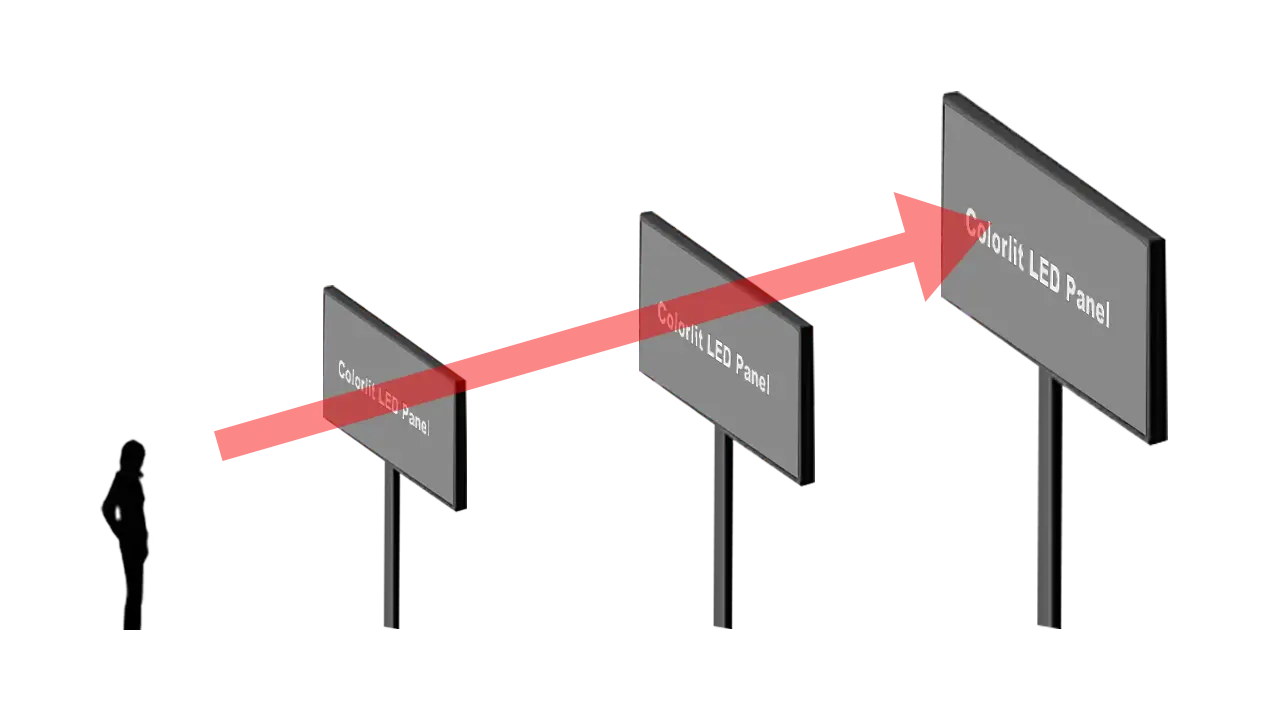Giant LED screens have become ubiquitous in modern life, gracing venues from bustling stadiums and urban billboards to corporate events and concert stages. Known for their impressive size, vivid colors, and ability to captivate large audiences, these screens have transformed visual communication and advertising. This essay delves into the essentials of giant LED screens, exploring their technology, advantages, applications, and what factors to consider when choosing one for a specific purpose.
Understanding the Basics of Giant LED Screens
A giant LED screen is a large-scale display made up of numerous light-emitting diodes (LEDs) that produce a bright, high-contrast image visible from great distances. Unlike traditional screens that rely on backlighting, LED screens generate light from each pixel, enhancing brightness and making them highly effective in both daylight and nighttime settings. LED screens are typically modular, composed of smaller panels or “tiles” that can be assembled into nearly any size or shape, allowing for immense flexibility in installation.
LED displays can be classified into two main types: SMD (Surface-Mount Device) and DIP (Dual In-Line Package). SMD LEDs are more commonly used for indoor displays due to their fine pixel pitch, while DIP LEDs, which have individual red, green, and blue diodes per pixel, are preferred for large outdoor displays due to their durability and brightness.
Key Advantages of Giant LED Screens
Giant LED screens offer several advantages over traditional display technologies, which is why they are widely used in public and commercial spaces. Key benefits include:
- High Brightness and Visibility: LED technology produces bright, vivid colors that remain visible even in direct sunlight. This brightness level makes giant LED screens ideal for outdoor use, where they can effectively display images and videos without losing clarity.
- Durability and Longevity: LED screens are built to withstand various environmental conditions, including rain, wind, and extreme temperatures. The durability of these screens means they require minimal maintenance and have a long lifespan, making them a cost-effective option for businesses and venues looking for a lasting display solution.
- Energy Efficiency: Despite their size, giant LED screens are energy-efficient. LEDs consume less power than other display types, reducing operational costs, especially for screens that run continuously.
- Flexibility in Size and Shape: The modular nature of LED screens allows for endless configurations, from standard rectangular displays to curved and irregular shapes. This flexibility opens up creative possibilities in advertising, architectural integration, and entertainment.
- Superior Image Quality: LED screens provide high resolution, excellent color contrast, and fast refresh rates, which ensures smooth playback for dynamic content like videos and live broadcasts. This quality is essential for applications where a crisp, high-definition image is crucial.
Major Applications of Giant LED Screens
Giant LED screens serve a wide range of purposes, each utilizing their unique benefits for specific needs and audience engagements:
- Advertising and Outdoor Billboards: Giant LED screens are prominent in the advertising industry, especially in high-traffic locations like city centers and transportation hubs. Their brightness and vivid colors attract attention, making them highly effective for dynamic advertisements that need to stand out amidst visual clutter.
- Sports Arenas and Stadiums: Stadiums worldwide use giant LED screens to enhance the spectator experience by displaying real-time scores, instant replays, and fan interaction content. These screens offer audiences an immersive experience, regardless of where they are seated.
- Concerts and Events: From music festivals to corporate conferences, LED screens are central to delivering impactful visuals. They display live feeds, multimedia content, and event branding, ensuring that everyone in attendance can experience the visuals up close.
- Transportation and Public Information: Giant LED screens are commonly used in airports, train stations, and bus terminals to provide critical travel information, advertisements, and safety messages. Their high visibility ensures that passengers and commuters can easily view updates and schedules.
- Retail and Shopping Malls: Retail stores and shopping centers use LED screens to create immersive displays that engage customers and promote brand messaging. Some retailers have even used transparent LED screens to create interactive window displays, adding to the shopping experience.
- Corporate and Educational Use: In corporate and educational settings, giant LED screens serve as communication tools for presentations, seminars, and training sessions. Their large format and high resolution make them ideal for displaying complex data, images, and video content in a way that is accessible to large groups.
Factors to Consider When Choosing a Giant LED Screen
Choosing the right LED screen requires careful consideration of several factors to ensure optimal performance and cost-effectiveness. Key aspects include:
- Pixel Pitch and Resolution: Pixel pitch refers to the distance between each LED pixel on the screen. A smaller pixel pitch means higher resolution and clearer images at close viewing distances, making it ideal for indoor or up-close settings. Conversely, larger pixel pitches are suited for outdoor screens that viewers will observe from afar.
- Brightness Levels: Brightness is a crucial factor for outdoor screens, which must be visible under direct sunlight. Most outdoor LED screens have brightness levels between 5,000 to 10,000 nits, while indoor screens typically require between 800 to 1,500 nits. Choosing the appropriate brightness level helps ensure visibility without excessive energy consumption.
- Viewing Distance: Consideration of viewing distance is essential for selecting an LED screen with the right resolution. Higher-resolution screens with lower pixel pitches are better for close-up viewing, while lower resolutions suffice for screens viewed from a distance.
- Weather Resistance: For outdoor installations, weather resistance is critical. Screens with IP (Ingress Protection) ratings of IP65 or higher are typically used for outdoor environments, as they offer protection against dust, rain, and temperature fluctuations.
- Installation and Maintenance: Installation complexity and ease of maintenance are significant factors, especially for larger screens. Some LED screens come with front-access designs that simplify maintenance, while others require rear access. Installation costs can vary depending on screen size, location, and mounting requirements.
- Content and Control Systems: LED screens require specialized control systems to display dynamic content. Understanding the compatibility of content management systems and software with the LED screen is essential for smooth playback, especially for live events and real-time data feeds.
- Budget and Total Cost of Ownership: Giant LED screens are a significant investment, so it’s essential to consider both initial costs and long-term expenses. While higher-resolution screens may be more expensive initially, they often result in better image quality and longer lifespans, providing a greater return on investment.
Future Trends in Giant LED Screen Technology
The giant LED screen industry continues to evolve, driven by technological advances and shifts in market demand. Some of the most promising trends include:
- MicroLED Technology: MicroLED displays, known for their extremely small pixel pitch, offer even higher resolution and brightness. As production costs decrease, MicroLEDs are expected to enter the market for large-format screens, further enhancing image quality.
- Transparent and Flexible Displays: Transparent LED screens, which allow light to pass through, are gaining popularity for applications in retail, architecture, and automotive sectors. Flexible LED screens, on the other hand, can be bent or curved, opening new design possibilities for immersive, interactive installations.
- Sustainability and Energy Efficiency: As sustainability becomes a priority, manufacturers are investing in energy-efficient LEDs and recyclable materials. Future LED screens will likely consume even less power while offering high performance, making them an eco-friendly choice for businesses.
- AI Integration and Interactivity: LED screens integrated with AI technology could soon offer personalized, interactive content based on audience demographics or behaviors. This integration could transform how brands engage with audiences in retail spaces, events, and public installations.
Conclusion
Giant LED screens have become indispensable in delivering impactful visual experiences across industries. Their adaptability, durability, and superior image quality make them an ideal choice for outdoor advertising, live events, and large-scale displays in public spaces. By considering factors such as pixel pitch, brightness, and viewing distance, businesses and organizations can make informed decisions that optimize both cost and functionality. As technology advances, giant LED screens will continue to set new standards for immersive, high-quality visual communication.







